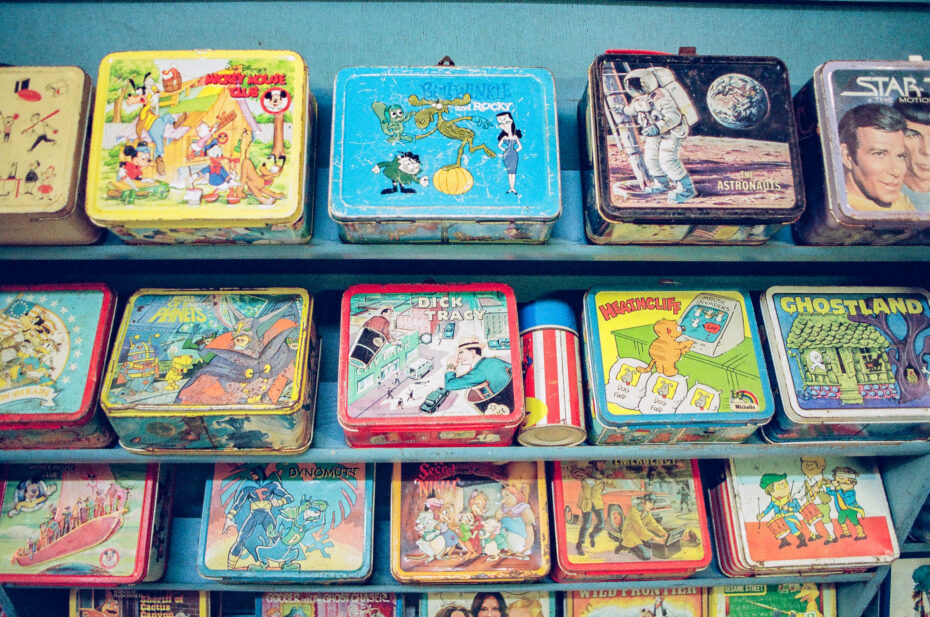
Before there were fast-casual restaurants, before there was intermittent fasting, before there were meal-replacement shakes, before it all–there was lunch. And before there were Stanley cups, and before there were insulated coolers, and before there was Tupperware–there were boxes. And one day, someone realized that you could combine these two ancient and venerable institutions, and so there were lunchboxes. But when did this all start? And why?

The business of putting food into containers is ancient – but what’s the start of the containment that counts as a true “lunchbox”? Well, if you’ve seen those cute bento boxes for kids (and some adults) that have been trending on social media in recent years, you’ll probably agree that bento box = lunchbox. Perhaps the oldest true lunchbox, bento were popularized in the 12th century in Japan, as a means of taking a simple meal with you to work, and by the 16th century, the pretty lacquered boxes we now associate with bento were showing up at fashionable picnics amongst the leisure class.
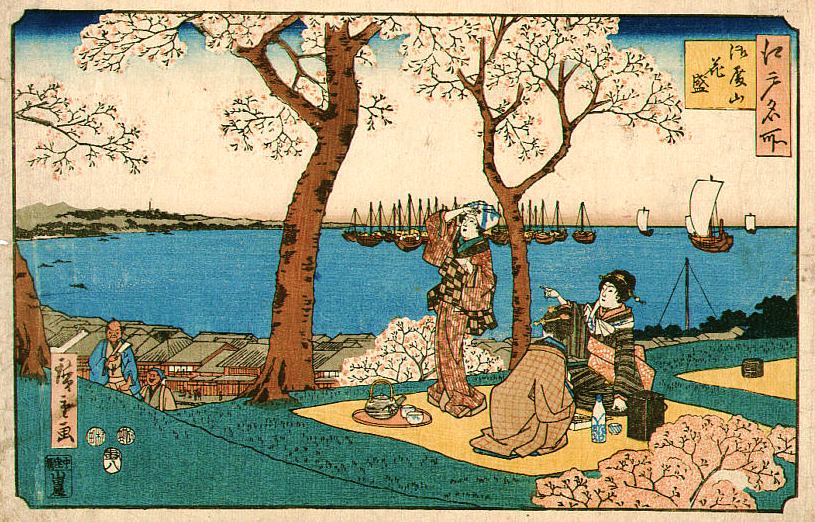
The bento box would eventually gain popularity in Korea, where it’s known as dosirak (a packed version of a traditional Korean lunch), and other East Asian countries. But looking a little further West, an entirely different lunchbox tradition was born, and continues to thrive.
In India, lunchboxes were big business dating back to at least the nineteenth century, but they were far more elaborate and interesting than anything that could be strictly called a “box.” The most popular form of lunchbox in India was, and remains, the tiffin carrier, a cylindrical, metal pail with layers that interlock–perfect for keeping multiple types of food separate in transport and while you’re waiting for lunchtime. For over a century, office workers in India have been able to order a tiffin carrier full of hot food from a restaurant or lunch delivery service, brought to them at work by specialty delivery workers known as dabbawalas. In fact, the dabbawala system has become so iconic that in 2013, it was the centrepiece of an award-winning movie which we highly recommend:
Given the versatility of the tiffin carrier – that sleek shape, the multiple containers for hot and cold food all in one neat package, the possibilities for keeping sauces from soaking your food until the optimal moment – it’s no surprise that its popularity has spread outside India. Today, you can find tiffin carriers from Singapore to Hungary to as far West as Trinidad, where they’ve become a symbol of Trinidadian food culture.
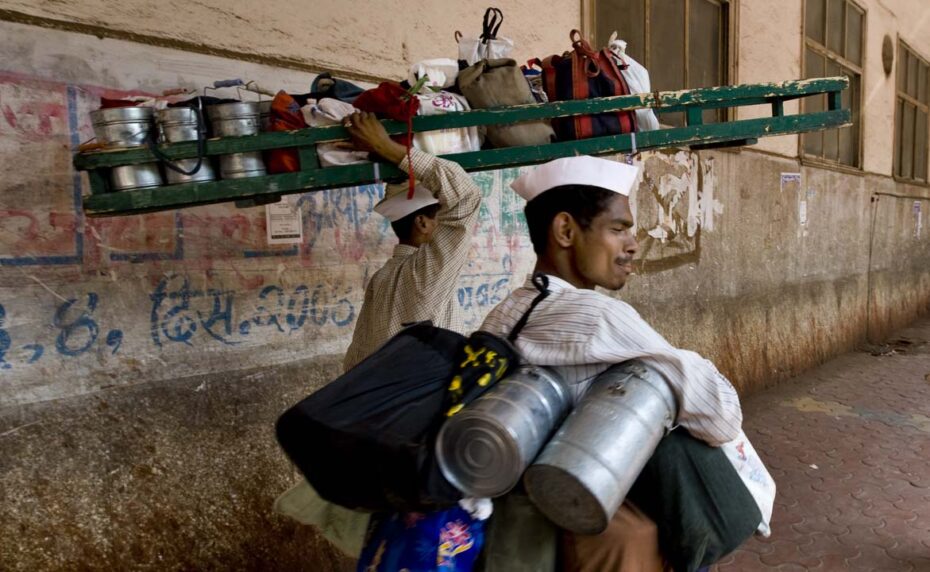
However, if the bento box gives us an ancient art that’s been modernised in surprising (and occasionally Sanrio-branded) ways, and the tiffin carrier shows how even after a century, sometimes there’s no improving on an elegant, practical design, there’s one other lunch carrier that’s pure, candy-colored nostalgia. We’re speaking, of course, of the American metal rectangular box – the retro symbol of childhood that’s never been called anything but a “lunchbox.”
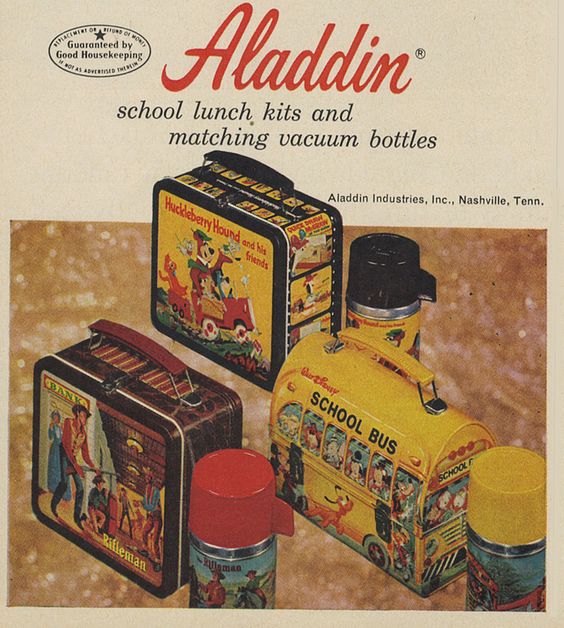
Unlike the bento and the tiffin carrier, which were always explicitly food containers, the American lunchbox has its roots in frugality and reuse. In the nineteenth and early twentieth century, Americans began using metal tobacco tins to ferry their lunch to work. The idea that this could be a specialised, and better yet, potentially lucrative, type of container was quick to catch on – some of the first US patents for lunchboxes and thermoses (a lunchbox’s best friend) date back to the 1860s.
It wasn’t until the 1930s that the American metal lunchbox would reach its pinnacle of childhood delights, and start its ascent into nostalgia icon. The technology enabling producers to lithograph images onto metal had been used to decorate lunchboxes for some time, and children’s metal lunchboxes had sprung onto the market in the 1920s, but it was in 1935 when the first licensed character lunchbox appeared, emblazoned with the image of Mickey Mouse (who else?).
Metal lunchboxes and pop culture characters would prove a match made in heaven, with lunchbox manufacturers taking advantage of the cowboy craze of the 1950s, the Silver Age of superhero comics, the advent of colour television, and so on. This also made for a secondary purpose of the humble lunchbox – a way for kids to share their passions, and maybe connect with each other.
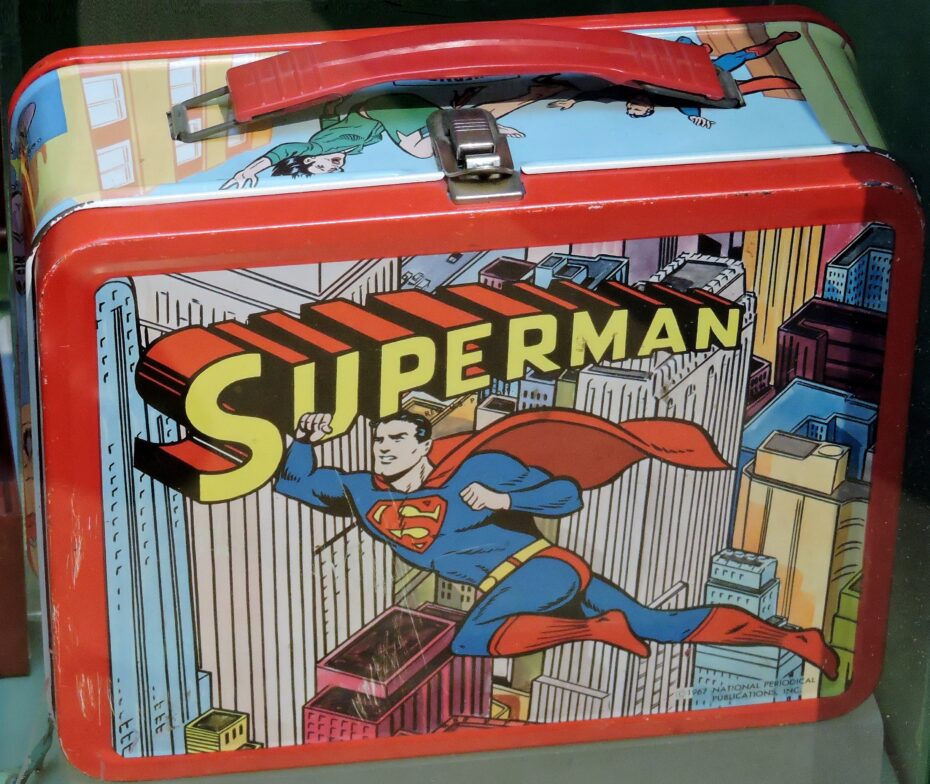
It was probably this childhood nostalgia that would prove the American lunchbox’s lasting legacy. Partly, this would be fuelled by collectors. Much like Pez dispensers, lunchboxes have a lively collector’s market, with prices for hard-to-find vintage lunchboxes going for hundreds, or even thousands of dollars. Metal lunch boxes are the most sought-after since their decline in the mid 1980s. You can probably thank the Rambo lunchbox for that by the way. Manufacturers switched to making lunchboxes with plastic because it was cheaper, but also because of a media storm allegedly fuelled by a group of mothers in Florida who complained that Rambo’s metal lunchboxes were being used by children as weapons.
The other part of the cozy nostalgia of the lunchbox, though, is less about the box itself, and more about its contents. Like the reusable plastic children’s bento boxes of current social media fame, an old-school metal lunchbox has a pleasingly orderly shape, and is, almost by definition, packed for you as a child by someone else. A full lunchbox – packed with comfort foods from sandwiches with the crusts cut off, to thermoses of tomato soup or a pack of dunkaroos – can bring back memories of being cared for, and of having a little bit of home comfort during a long day at school.
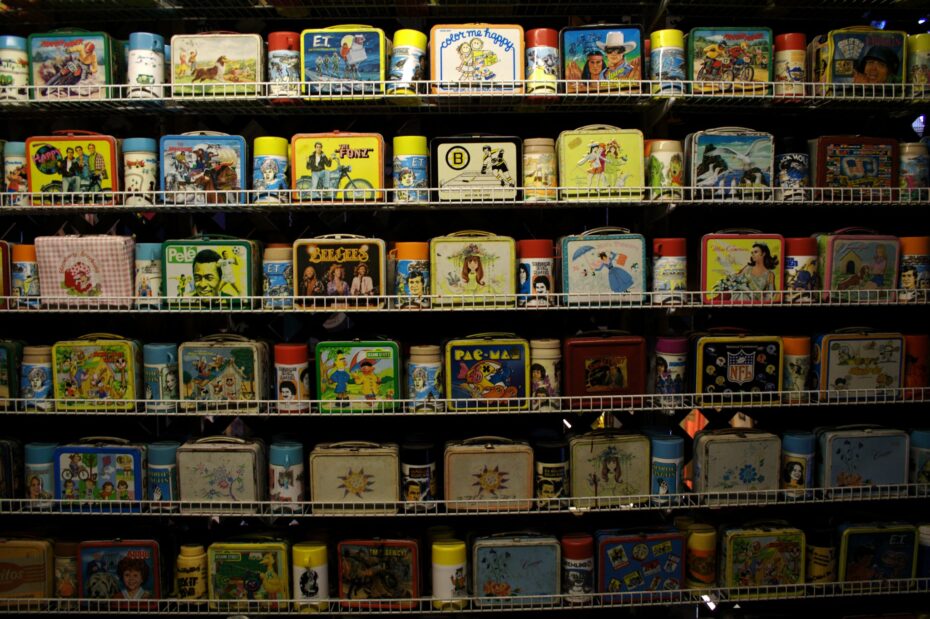
Today, lunchbox enthusiasts can make a trek to Ohio, where they can visit Columbus’s Lunch Box Museum. This museum’s collection, standing at over 5,000 pieces, includes not only lunchboxes, but thermoses, and TV trays – a lunchbox-adjacent piece of mid-century kitsch that recalls unhealthy, easy-to-heat and easy-to-eat microwave meals or a tray of soup when you’re feeling under the weather.
With the rise of delivery apps, the modern lunchbox for adults has entered something of a dark age. However, health-conscious parenting trends have led to something of a renaissance in children’s lunchbox culture. And whatever the container, from the humblest brown bag to the most elaborate, on-trend tupperware, there is always one constant. We are all ready for our midday break, we could all use something to eat. We’re all always pleased when it’s lunchtime.